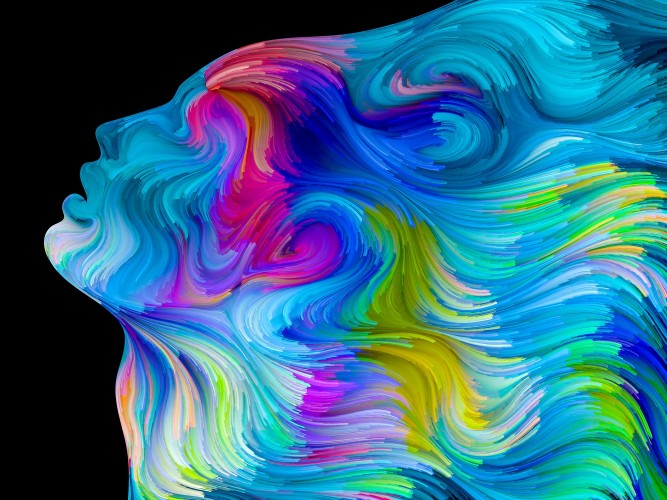Manipulating familiarity in human face recognition

Face recognition is a fundamental visual task for humans. In recent years it has become clear that facial familiarity is a key variable that influences face recognition. As such, finding laboratory-driven methods of establishing facial familiarity in a controlled environment is essential for progress in theoretical development. A number of studies have adopted a variety of different methodological protocols for establishing familiarity with faces, but there is a lack of understanding of how familiarity emerges and the extent to which laboratory-driven familiarity can be considered similar to familiarity with faces that develops in the natural world.
Therefore, in this project we carefully apply a variety of methods for establishing face familiarity, using a longitudinal design to track changes over time. We will adopt a range of measures, including perception, electroencephalography (EEG), and eye-tracking, to examine how changes in familiarity affect responses to faces, and then we will compare these to measures derived for faces which are naturally familiar to participants. After the initial longitudinal study, we will follow up with comparisons of different familiarity methods to establish clearly the conditions under which laboratory-driven familiarity has external validity.
The variety of methods will allow us to develop conceptual models that integrate behaviour, its underlying neural basis, and eye-movements, giving a more comprehensive basis for understanding familiarity and its physiological and cognitive markers than current formulations. In turn, this will allow the field to undertake more precise and efficient manipulations of familiarity for the purposes of model-testing and theoretical development.

